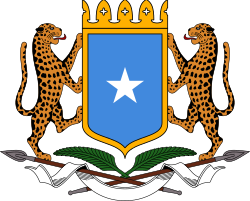National Strategy for the Development of Statistics (NSDSII)
Delighted to unveil the Second National Strategy for the Development of Statistics (NSDS 2). It builds on the solid foundation and progress made under the first NSDS which has been in effect from 2017-2023 and developed under the Directorate of Statistics within the Ministry of Planning, Investment, and Economic Development.
This is an opportune moment for us to reflect on our journey and to look forward to the future with renewed determination and optimism. This document, a culmination of extensive hard work, dedication, and combined efforts, stands as a testament to the remarkable progress made by the Somalia National Bureau of Statistics (SNBS) since its establishment in 2020.
National Strategy for the Development of Statistics (NSDSII) Read More »
